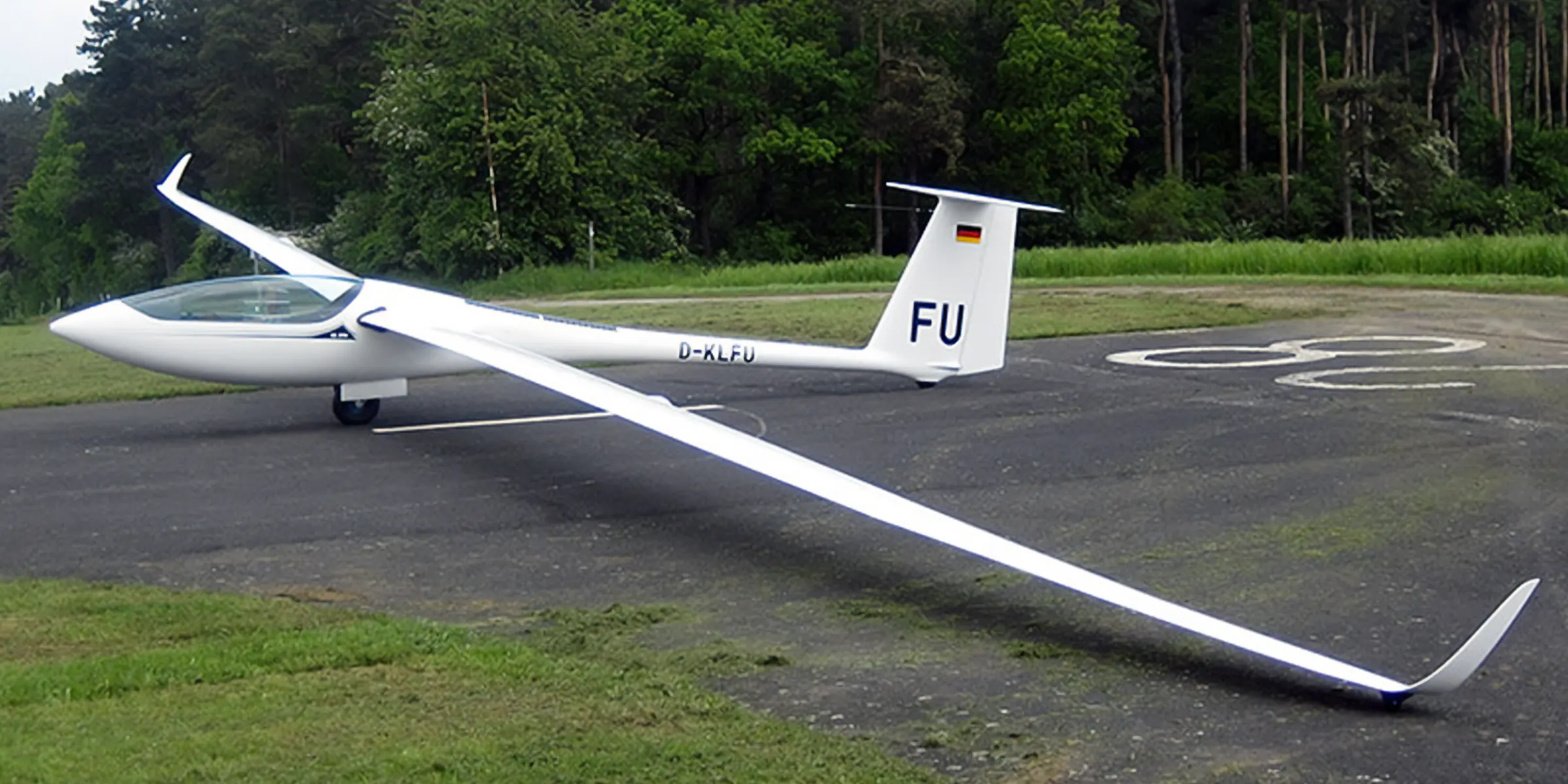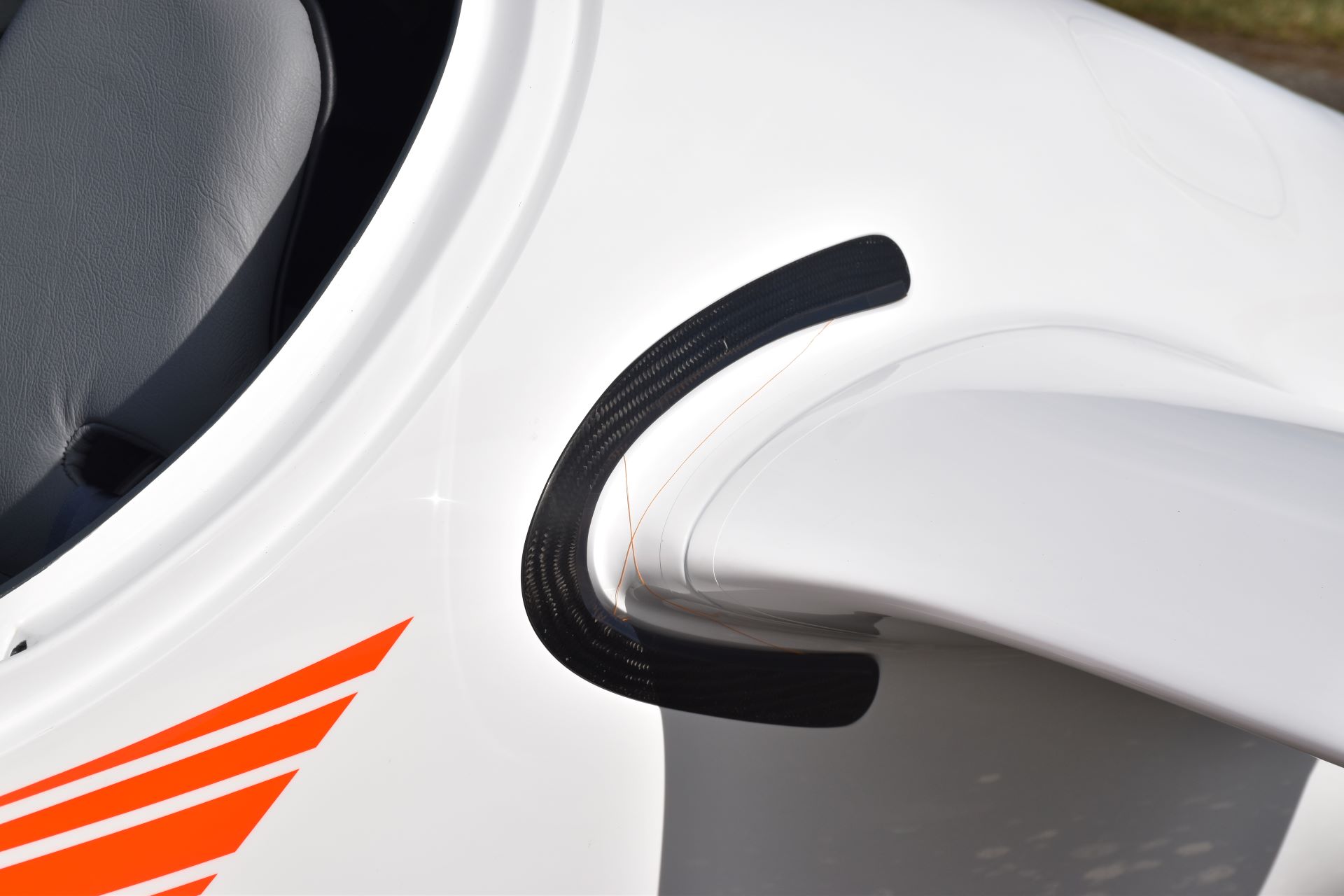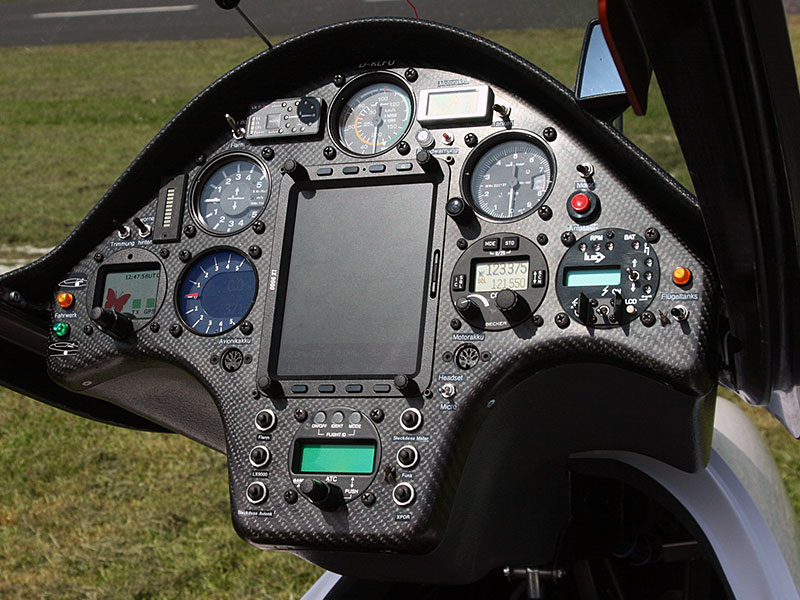
Experience the highest performance and maximum comfort for two pilots with the two-seater EB29DR – the racing sailplane of the open class for demanding teams and competitions.
EB29DR Two-seater
Two pilots, one strive: speed.
The EB29DR sets standards in modern gliding: Two pilots experience uncompromising performance and innovative technology with this two-seater.
The performance-optimized R-wing and the new HLW2020 tailplane ensure exceptional flight performance – from efficient high-speed flight to comfortable thermal circling.
With low empty weight, intelligent ballast control and a spacious, ergonomic cockpit, the EB29DR offers maximum comfort on the ground and in the air.
Modern design paired with the highest safety according to CS-22 – the EB29DR is the choice for everyone who wants to experience peak performance as a team.
Are you curious?
Get to know our aircraft and all their technical features in person – we will be happy to advise you!
Technical Data
| wingspan | 28 m |
| wing area | 14,9 m² |
| wing aspect ratio | 52,62 |
| fuselage length | 8,32 m |
| height (fin plus tailwheel) | 1,76 m |
| empty weight with minimum equipment | ca. 615 kg |
| maximum ramp weight | 850 kg |
| wing loading minimum | ca. 47,5 kg/m² |
| wing loading maximum | 57,5 kg/m² |
| maximum speed | 270 km/h |
| best gliderratio | ca. 66 |
| Solo engine | ca. 63 PS |
| composite propeller Binder BM-G1 | d 1,6 m |
| rate of climb with engine | 2,6 m/s |
| cruise speed in powered flight | max.160 km/h |
| fuel capacity (Standard) | 20 ltr |
| data sheet | EASA.A.559 |
description
fuselage
- body shell made of fibre reinforced plastic (CFK and aramide)
- cockpit suitable for pilots up to 190 cm in the front seat and little less in the rear seat
- forward swinging canopy including one sliding window with integrated ventilation scoop
- instrument panel moves upward with the canopy
- TOST-safety release couplings (for aero tow or winch tow)
- total pressure probe in tip of the fuselage nosecone
- adapter in the fin to fit TEK probe
- static pressure probes (for air speed indicator and altimeter) on both sides of the tail boom
landing gear and brake
- rubber suspended, electrically operated retractable landing gear
- hydraulic disk brake
- tailwheel (optionally steerable and electrically retractable)
power plant
- power plant retractable into the fuselage
- solo engine 2625 02
- tooth belt driven reduction gear (1:3)
- water cooling
- double ignition
- electrical starter
- batteries with 16,8 V max charching voltage for improved extension and retraction as well as starting of the engine
- engine control instrument fitted to the instrument panel
- Propeller Binder BM-G1-160-R-120-1
fuel tank
- fuselage tank ~20 ltr
- optional auxiliary tank ~5 ltr
antenna
- Radio antenna in the fin
- optional transponder antenna
cockpit
- removeable bucket seats (with parachute mould in the front seat)
- safety belts
- seat cushions
- 2 side Pockets (rear seat)
- ram air entrance in the nosecone of the fuselage for ventilation and defogging of the canopy
- seperately controllable ventilation for both seats on right side of the cockpit
controls
- rudder control pedals on linear rails (adjustable before flight)
- control rods made of CFK
- electrically adjustable trim with operating switches on both control sticks
- automatic elevator connection
wing
- 6-part wing with boundry layer control on the lower wing surface
- built using high modulous (HM) carbon fibre
- aileron and flap gaps covered with Mylartape
- double panel air brakes on the upper wing surface
water ballast
- Water ballast bags in outer wings with approx. 35 liters capacity each
- Water ballast tail tank in vertical fin to balance center of gravity with wing ballast
finish and design
- white component polyester cout or PU cout
To minimize the structural weight the main parts of wing and fuselage are built using vacuum suction method. This allows the utmost possible spread in wing loading.






















